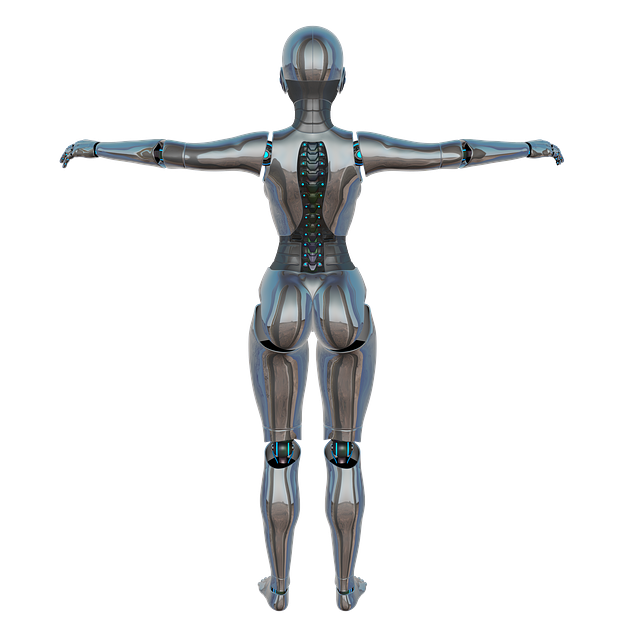Wart removal has evolved from traditional topical treatments to advanced technologies like cryotherapy, laser therapy, and heat-based methods. Salicylic acid and natural alternatives like apple cider vinegar are popular over-the-counter options. Laser therapy offers precise, non-invasive treatment with swift results, while heat-based methods use liquid nitrogen or heating devices. Professional advice is crucial for optimal outcomes, especially for persistent or sensitive warts. Online reviews highlight the effectiveness of advanced technologies, providing valuable insights into successful wart removal strategies.
“Uncover the most effective topical wart remedies with our comprehensive guide. From traditional to modern treatments, we explore diverse options like chemical compositions, laser therapy, and heat-based methods. Learn how these advanced wart removal technologies stack up against each other.
Delve into patient success stories and reviews to make an informed decision. Discover the latest in dermatology, comparing effectiveness for fast, reliable results. Enhance your knowledge of these remedies, ensuring a smooth journey towards clear skin.”
- Understanding Common Topical Wart Remedies
- Exploring Traditional vs. Modern Treatments
- Chemical Compositions and Their Efficacy
- Laser Therapy: A Advanced Approach
- Heat-Based Methods: How Effective?
- Evaluating Patient Success Stories and Reviews
Understanding Common Topical Wart Remedies

When it comes to tackling warts, there’s a plethora of topical remedies available, each claiming to offer effective relief. These include creams, gels, and liquids designed for at-home use or application by a healthcare professional. Understanding these common options is key to navigating your treatment journey. Many over-the-counter products utilize ingredients like salicylic acid, known for its ability to soften and dissolve the outer layers of warts, while others opt for more natural approaches with substances like apple cider vinegar or tea tree oil.
Advanced wart removal technology has also emerged, providing faster and potentially more comfortable solutions. These innovative treatments often involve freezing (cryotherapy) or burning off warts with targeted lasers. For persistent cases, experts recommend seeking professional advice for removal in Leeds or other urban centers. Following the correct application instructions and using expert advice for removal can significantly improve outcomes, ensuring fast-acting wart remedies work as intended.
Exploring Traditional vs. Modern Treatments

In the realm of wart removal, a distinct evolution has taken place, transitioning from traditional remedies to modern, advanced wart removal technology. Historically, treatments like cryotherapy and topical acids were staples in addressing warts. However, as time progressed, the demand for faster, more effective solutions grew, leading to innovations that cater to today’s busy lifestyles. Modern approaches offer both convenience and improved outcomes, making them a preferred choice for many.
Online stores for wart products have flourished, providing easy access to advanced treatments. One notable example is the Canterbury Wart Clinic, which has pioneered innovative solutions like targeted laser therapy and immune-stimulant creams. These modern remedies not only offer prompt relief for painful warts but also resolve wart issues more efficiently than their traditional counterparts. This shift towards advanced wart removal technology reflects a commitment to enhancing patient experiences and outcomes.
Chemical Compositions and Their Efficacy

The effectiveness of topical wart remedies is largely determined by their chemical compositions. These substances play a crucial role in targeting and eliminating warts, with each compound offering unique benefits. For instance, salicylic acid, a common active ingredient, exfoliates the skin and dissolves the protein structure of warts, making it an effective over-the-counter option for many. In contrast, podophyllotoxin, found in some prescription creams, disrupts cell growth in wart tissue, leading to faster removal.
Advanced wart removal technology has also introduced innovative solutions like cryotherapy (freezing) and laser treatments. These methods offer more precise and targeted approaches, particularly for stubborn or facial warts. While each remedy has its strengths, the choice of treatment depends on various factors, including wart type, size, location, and individual skin sensitivity. For effective wart elimination techniques, consulting a dermatologist in London is advisable to determine the best course of action for optimal results, especially when dealing with sensitive areas like the face.
Laser Therapy: A Advanced Approach

Laser therapy represents a significant leap forward in the realm of advanced wart removal technology. This procedure involves targeting and destroying specific cells causing the wart’s growth using concentrated light energy. It’s particularly effective for stubborn or large warts that haven’t responded to other treatments. Compared to traditional methods, laser therapy offers a more precise and localized approach, minimizing damage to surrounding healthy skin.
In terms of convenience and outcomes, leading private wart removal clinics like those in Bristol, Maidstone, and Salford provide state-of-the-art options. The process is relatively quick, often requiring just one session, and carries fewer side effects than some topical treatments. It’s ideal for individuals seeking a swift and permanent solution without the hassle of repeated applications. Laser therapy’s advanced nature ensures it stands out as a game-changer in wart removal, providing results that can be hard to achieve with conventional remedies.
Heat-Based Methods: How Effective?

Heat-based methods have emerged as a popular choice in the advanced wart removal technology landscape. These techniques, which include using heat to destroy the wart and its underlying cells, have shown promising results for many users. The process typically involves applying a heated substance, such as liquid nitrogen or a specialized heating device, directly to the wart. This intense heat causes the wart to shrivel and fall off over time, offering a relatively painless and non-invasive approach compared to some other methods.
While heat-based treatments are among the top choices for effective removal, their success rate can vary. Factors like the size, type, and age of the wart play a significant role. Additionally, these methods might not be suitable for sensitive areas or individuals with certain medical conditions. For those seeking private wart removal solutions, locations like the West Midlands Wolverine Wart Clinic offer specialized treatments, ensuring personalized care in a discreet environment.
Evaluating Patient Success Stories and Reviews

When comparing the effectiveness of different topical wart remedies, one valuable source of information is patient success stories and reviews. These firsthand accounts offer a unique perspective on the performance of various treatments. Many patients share their experiences online, providing detailed descriptions of the products they’ve used and the results they achieved. This can be particularly useful for understanding how different remedies work in real-world applications.
Looking specifically at advanced wart removal technology, reviews often highlight its ability to provide faster relief compared to traditional methods or over-the-counter wart solutions like wart removal cream. Some patients even compare their positive outcomes from treatments at renowned clinics, such as the Canterbury Wart Clinic, to reinforce the efficacy of modern approaches. These stories and ratings can guide users toward effective wart prevention strategies by offering insights into which products consistently deliver desired results.
In comparing the effectiveness of various topical wart remedies, it’s clear that modern treatments, such as laser therapy and advanced wart removal technologies, offer faster and more permanent solutions compared to traditional methods. Chemical compositions demonstrate varying success rates, while heat-based approaches provide a more natural but potentially slower route to removal. Patient testimonials and reviews underscore the importance of individual response to treatments. Ultimately, exploring these options allows individuals to make informed decisions about which approach aligns best with their needs, prioritizing both efficiency and comfort in achieving clear skin.
